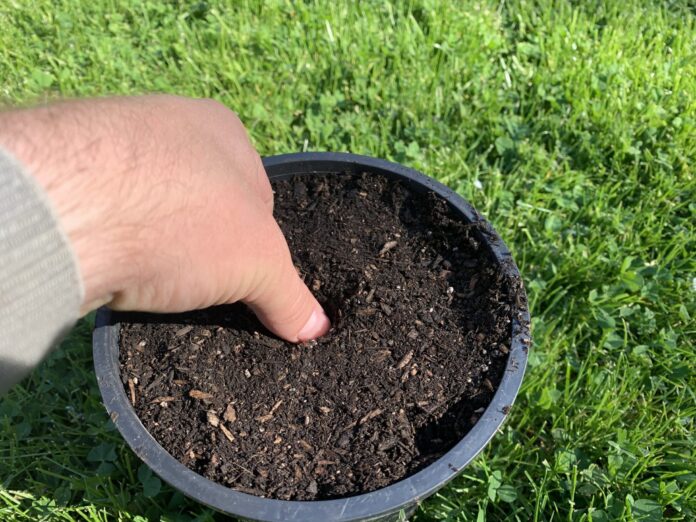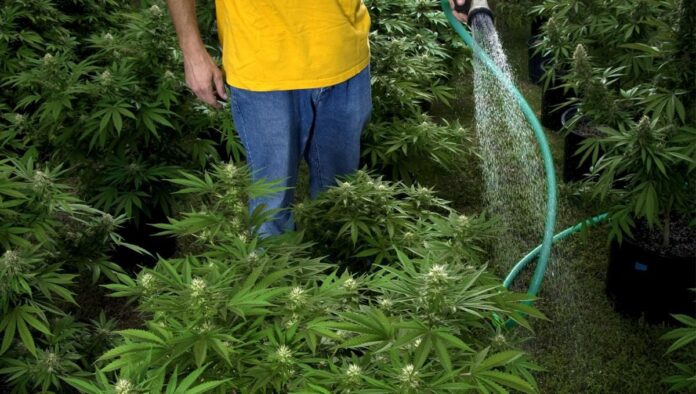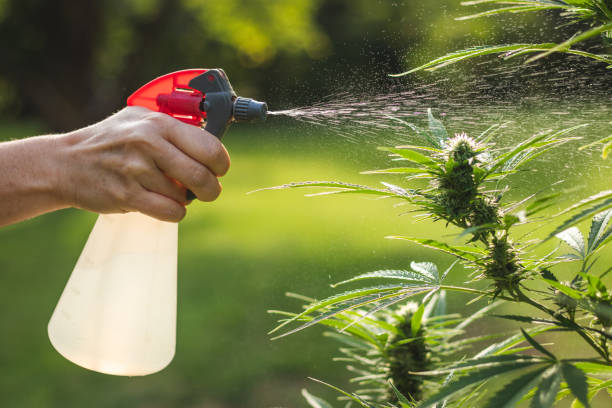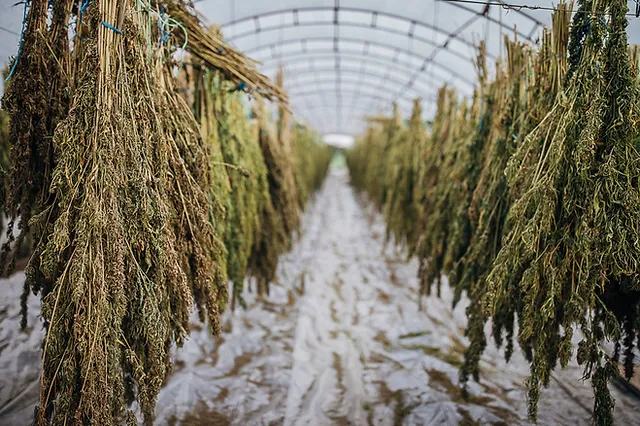Knowing how long it takes to cultivate a hemp crop is vital for beginners. Hemp farming has specific requirements and timelines that, if understood well, can lead to a successful harvest. This blog post aims to guide beginners through the journey of hemp cultivation. We will provide 10 simple yet essential tips covering everything from selecting the right variety, preparing the soil, to the final stages of harvesting, drying, and curing. Let’s start your journey in hemp farming with these foundational insights.
Choose the Right Hemp Variety
Selecting the right hemp variety is crucial. The variety you choose must suit your region’s climate and your cultivation purpose, whether it’s for CBD oil, fiber, or seeds. The variety impacts the cultivation timeline – some mature faster, while others might take longer but yield higher quality products. Research varieties that thrive in your local conditions and align with your goals. Your choice here sets the tone for the entire cultivation process, influencing not only the duration but also the success of your hemp crop.
Prepare the Soil

Soil preparation is a key step before planting hemp. Good soil should be rich in organic matter, well-drained, and have a pH between 6.0 and 7.0. Start by testing your soil to understand its current condition and needs. Then, enhance it with organic compost or other amendments as needed. Properly prepared soil encourages strong root growth and healthy plants, reducing the time to maturity and increasing the likelihood of a successful harvest. Neglecting this step can prolong the cultivation process and compromise your crop’s quality.
Planting Season Matters
Timing is critical in hemp cultivation. Planting too early or too late can affect the growth and yield of your crop. Generally, hemp is planted after the last frost in spring when soil temperatures reach about 50°F (10°C). For beginners, sticking to this general guideline is a safe bet, as it aligns with nature’s cycles and optimizes growth conditions. The right planting time, as advised by UrbanMatter and other experts, helps your crop grow efficiently, reducing the time to harvest while ensuring quality. Adhering to this timeframe also mitigates risks associated with unpredictable weather, which is increasingly important in today’s changing climate.
Proper Spacing and Planting Depth
Spacing and planting depth are important for hemp plants. They need enough room to grow and access nutrients and sunlight. Typically, hemp seeds should be planted about 0.75 to 1.25 inches deep. For fiber varieties, plants can be closer together, but for seed or CBD production, more space is needed between plants. Proper spacing and depth allow for optimal growth, reducing competition for resources and minimizing the risk of disease, ultimately affecting how long it takes for the crop to mature.
Adequate Watering

Water plays a crucial role in hemp cultivation. Hemp requires consistent moisture, especially during its early growth stages and flowering period. However, overwatering can lead to root rot and other issues. Beginners should aim for about 20-30 inches of water throughout the growing season, depending on climate and soil type. Using drip irrigation can help manage water efficiently. Balanced watering promotes healthy growth and can shorten the time to maturity by avoiding stress and disease in plants.
Nutrient Management
Hemp needs various nutrients to grow healthily. Nitrogen, phosphorus, and potassium are key, along with a balance of other micronutrients. Conducting a soil test before planting can help you understand what your soil lacks. Organic fertilizers or specific nutrient amendments can be added based on these results. Beginners should be cautious not to over-fertilize, as this can harm the plants. Proper nutrient management ensures your hemp grows steadily and reaches maturity within the expected timeframe.
Pest and Weed Control

Pests and weeds can significantly affect hemp crops. Common pests include aphids, mites, and caterpillars, while weeds compete with hemp for resources. Beginners can use organic pesticides or introduce natural predators for pest control. Mulching and regular weeding help manage weeds. Staying vigilant and addressing these issues early on prevents them from prolonging the cultivation process or damaging the crop.
Pruning and Training
Pruning and training hemp plants can improve their health and yield. By removing unnecessary or dead parts of the plant, you encourage better growth and airflow, reducing the risk of disease. Training techniques like low-stress training (LST) can also increase exposure to sunlight and improve yield. For beginners, simple pruning and training techniques can be learned and applied easily, enhancing the overall growth cycle of the hemp plants.
Harvesting Time
Harvesting hemp at the right time is critical for both fiber and CBD production. For fiber, the ideal time is when the plants begin to flower and seed. For CBD, it’s when the flowers are fully developed and rich in cannabinoids. Beginners should watch for visual cues, like the color and firmness of the seeds, to determine the perfect harvest time. Harvesting too early or late can significantly affect the quality and yield of your crop. Paying close attention to these signs helps beginners pinpoint the optimal harvesting time, ensuring a successful end to the cultivation process and maximizing the potential of their yield.
Drying and Curing

After harvesting, drying and curing are crucial. These processes stabilize the product and enhance its quality. Hang the harvested hemp in a well-ventilated, dark space with controlled humidity and temperature. Curing involves storing the dried hemp in containers to develop its flavors and aromas. These steps are essential to prevent mold and preserve the quality of your hemp, marking the final stage of your cultivation journey.
Conclusion and Next Steps
In this blog, we covered essential tips for beginners in hemp cultivation. From choosing the right variety, preparing the soil, planting at the right time, to harvesting and post-harvest processes, each step is crucial in determining how long it takes to cultivate a hemp crop. We encourage beginners to continue exploring and improving their hemp farming skills. Remember, each crop is a learning experience, and with these tips, you’re well on your way to becoming a successful hemp farmer.









